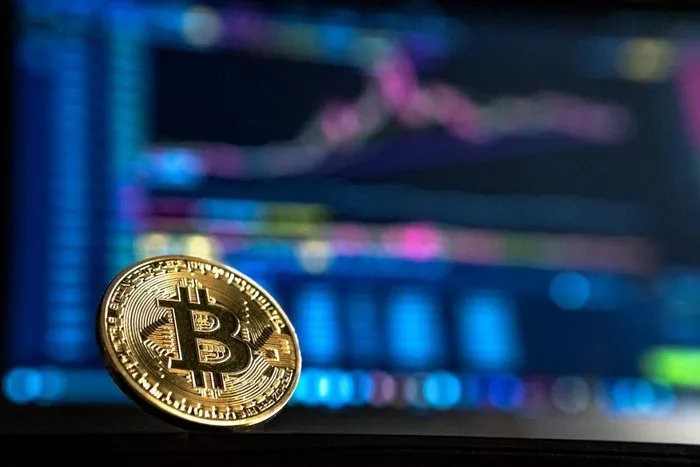The exchange rate for British Pound (GBP) to US Dollar (USD) is a critical financial metric that impacts international trade, investments, and global economic stability. Understanding this rate requires delving into its definition, how it is calculated, its historical context, factors influencing its fluctuations, and practical implications for various stakeholders. This article aims to provide a comprehensive and coherent explanation suitable for those with an interest in financial markets.
What Is Exchange Rates
An exchange rate represents the value of one currency in terms of another currency. It is the rate at which one currency can be exchanged for another. In the context of GBP to USD, the exchange rate indicates how many US dollars are needed to buy one British pound or, conversely, how many British pounds can be obtained for one US dollar.
Exchange rates are constantly fluctuating due to various economic, political, and social factors. These fluctuations impact businesses, travelers, investors, and governments worldwide. Therefore, staying informed about the exchange rate and its determinants is crucial for making informed financial decisions.
How Exchange Rates Are Calculated
The exchange rate between two currencies is determined by the market forces of supply and demand. When there is a high demand for a particular currency, its value increases relative to other currencies. Conversely, a low demand for a currency leads to its depreciation.
For instance, if many investors want to buy British pounds, the demand for GBP increases, pushing up its value against the USD. This results in a higher GBP/USD exchange rate. Conversely, if investors are selling pounds to buy dollars, the supply of GBP increases, causing its value to drop, and the exchange rate falls.
Historical Context of GBP to USD Exchange Rate
The exchange rate between the British pound and the US dollar has varied significantly over history. The historical context of this exchange rate offers insights into its evolution and the forces shaping it.
During the Bretton Woods system (1944-1971), most major currencies, including the pound and the dollar, were fixed to the US dollar, which was in turn fixed to gold. The pound was initially valued at $4.03 per pound. However, by 1967, the pound was overvalued, leading to speculative attacks and eventual devaluation.
In 1971, the Bretton Woods system collapsed, and currencies began to float freely against each other. Since then, the GBP/USD exchange rate has been determined by market forces, with significant fluctuations driven by various economic, political, and social factors.
Factors Influencing GBP to USD Exchange Rate
Several factors influence the GBP to USD exchange rate, including economic indicators, monetary policy, political stability, and market sentiment. Here are some of the key drivers:
1. Interest Rates
Differences in interest rates between the UK and the US can affect the exchange rate. A higher interest rate in the UK tends to attract foreign capital, increasing the demand for pounds and pushing up the exchange rate. Conversely, a higher US interest rate can lead to a stronger dollar.
2. Inflation Rates
Inflation impacts a currency’s purchasing power. High inflation in the UK can erode the value of the pound, leading to a depreciation against the dollar. Central banks, such as the Bank of England and the Federal Reserve, often adjust interest rates to control inflation, which in turn affects exchange rates.
3. Economic Growth
Stronger economic growth in the UK can boost the pound’s value by improving the outlook for British exports and attracting foreign investment. Similarly, slower growth or economic contraction can weaken the pound.
4. Trade Balance
The trade balance between the UK and the US can influence the exchange rate. A positive trade balance (exports > imports) tends to support the pound, while a negative balance (imports > exports) can weaken it.
5. Geopolitical Risks
Political stability and international relations can affect exchange rates. Brexit, for example, caused significant volatility in the GBP/USD exchange rate due to uncertainty about the future relationship between the UK and the EU. Similarly, geopolitical tensions, such as trade wars, can impact exchange rates.
6. Monetary Policy Decisions
Central bank decisions on monetary policy, such as interest rate changes or quantitative easing, can significantly impact exchange rates. For instance, if the Bank of England raises interest rates, it may attract more foreign investment in pounds, increasing its value.
7. Market Sentiment
Market participants’ expectations and sentiment can also drive exchange rate movements. Positive news about the UK economy can lift the pound, while negative news can cause it to fall. Similarly, market sentiment about the US economy can affect the dollar’s value.
Daily Volatility and Trading Characteristics
The GBP/USD currency pair is known for its high volatility and significant daily price movements. This makes it attractive for various types of traders, including scalpers, day traders, swing traders, and position traders.
Scalpers and day traders often take advantage of the GBP/USD’s high volatility to profit from short-term price fluctuations. They may use technical analysis tools to identify trading opportunities and execute trades within minutes or hours.
Swing traders and position traders focus on longer-term trends and may hold their positions for days, weeks, or even months. They may use fundamental analysis to assess the economic outlook and make informed trading decisions.
The GBP/USD exchange rate is also affected by major economic announcements and data releases from both the UK and the US. These include interest rate decisions, inflation reports, retail sales, employment data, and manufacturing surveys. Traders closely monitor these events and adjust their positions accordingly.
Practical Implications for Various Stakeholders
The GBP to USD exchange rate has practical implications for businesses, travelers, investors, and governments.
1. Businesses
Companies involved in international trade need to monitor exchange rates to manage currency risks. A fluctuating exchange rate can impact their costs, pricing, and profitability. Hedging strategies, such as forward contracts or options, can help businesses mitigate these risks.
2. Travelers
People traveling between the UK and the US need to consider the exchange rate when budgeting for their trips. A favorable exchange rate can make travel more affordable, while an unfavorable rate can increase costs.
3. Investors
Investors in international markets must account for exchange rate fluctuations when evaluating investment opportunities. A stronger pound can make UK investments more attractive to foreign investors, while a weaker pound can make UK assets cheaper for domestic investors.
4. Governments
Central banks and governments monitor exchange rates to assess the competitiveness of their economies and manage economic policies. They may intervene in the foreign exchange market to stabilize exchange rates or achieve other economic objectives.
Conclusion
The exchange rate for British Pound to US Dollar is a dynamic and essential financial metric. It is influenced by various economic, political, and social factors and constantly fluctuates due to market forces of supply and demand. Understanding the exchange rate and its determinants is crucial for businesses, travelers, investors, and governments making informed financial decisions.
The GBP/USD currency pair is known for its high volatility and significant daily price movements, making it attractive for various types of traders. By monitoring economic announcements, data releases, and market sentiment, traders can identify trading opportunities and profit from short-term or long-term trends.
Related topics:































